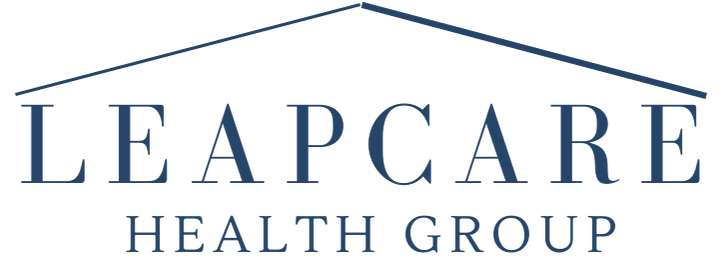Introduction
Strokes are a significant health concern globally, affecting millions of lives each year. Understanding the mechanisms behind strokes, their prevalence, and the associated risk factors is crucial for both prevention and effective rehabilitation.
What is a Stroke?
A stroke occurs when the blood supply to the brain is disrupted, leading to brain cell damage or death due to lack of oxygen and nutrients. This interruption can result from either a blockage in the arteries (ischaemic stroke) or the bursting of an artery (haemorrhagic stroke). The affected area of the brain is termed a cerebral infarct, and its location determines the symptoms experienced by the individual.
Strokes in Australia
In 2018, an estimated 387,000 Australians aged 15 and over had experienced a stroke at some point in their lives, approximately 1.6% of the population. In 2020, there were around 39,500 strokes recorded in Australia. Strokes were the underlying cause of 8,500 deaths in 2021, making up 4.9% of all deaths and 20% of cardiovascular disease deaths.
Source: The Stroke Foundation (2024)
Risk Factors
Understanding the risk factors associated with strokes is essential for both prevention and early intervention. These risk factors can be categorised into lifestyle factors and medical conditions, as well as those beyond individual control.
- Lifestyle Factors:
- High blood pressure, cholesterol, and smoking increase the likelihood of blood clots and arterial damage.
- Obesity, poor diet, and lack of exercise can strain the cardiovascular system, elevating stroke risk.
- Excessive alcohol consumption can raise blood pressure and disrupt heart rhythm.
- Medical Conditions:
- Transient ischaemic attack (TIA), atrial fibrillation, and uncontrolled diabetes are significant contributors to stroke risk.
- Fibromuscular dysplasia (FMD) is a rare vascular disease that predisposes individuals to arterial dissections and strokes.
- Non-Modifiable Risk Factors:
- Age, gender, and family history play roles in stroke susceptibility, with advancing age being the most significant risk factor.
Understanding and addressing these risk factors through lifestyle modifications, medical management, and early intervention can significantly reduce the incidence and impact of strokes.
Conclusion
As physiotherapists, we play a key role in rehabilitation following a stroke. Our rehabilitation expertise allows us to assist those who have suffered a stroke, in regaining function and independence. By understanding the underlying mechanisms of strokes and the associated risk factors, we can also help empower our patients with the knowledge to make lifestyle modifications that can reduce their likelihood of experiencing a stroke.
References
The Stroke Foundation (2024), https://strokefoundation.org.au/
Australian Institute of Health and Welfare, Heart, stroke and vascular disease: Australian facts (2023), https://www.aihw.gov.au/reports/heart-stroke-vascular-diseases/hsvd-facts/contents/all-heart-stroke-and-vascular-disease/stroke
Disclaimer: The content presented on this blog is meant solely for educational and informational purposes. It is not a replacement for professional advice or treatment. For any queries related to a medical condition, always consult with a qualified professional. Never neglect professional medical advice or postpone seeking it based on information obtained from this blog.

